1. Avocados

Back in the ’60s, avocados were considered exotic and hard to find unless you lived in California or happened to shop at a specialty grocer. Most Americans hadn’t even heard of guacamole, let alone thought of smashing avocados on toast for breakfast. They were often reserved for fancy dinners or cocktail parties, usually sliced up and placed carefully on a salad to impress guests. If someone brought a dish with avocado to a gathering, it was a clear sign they were up on the latest trends shares the Atlantic.
Now, avocados are everywhere. You can grab one at virtually any grocery store, and they’re a regular part of breakfast, lunch, or even smoothies. Millennials may get teased for loving avocado toast, but this fruit has earned its spot as a fridge staple. It’s not only trendy—it’s healthy and versatile. Whether you’re making a wrap, a dip, or just slicing it onto a sandwich, it’s hard to imagine a kitchen without it. That creamy texture used to be rare, and now it’s the norm adds Backyard Bite.
2. Shrimp
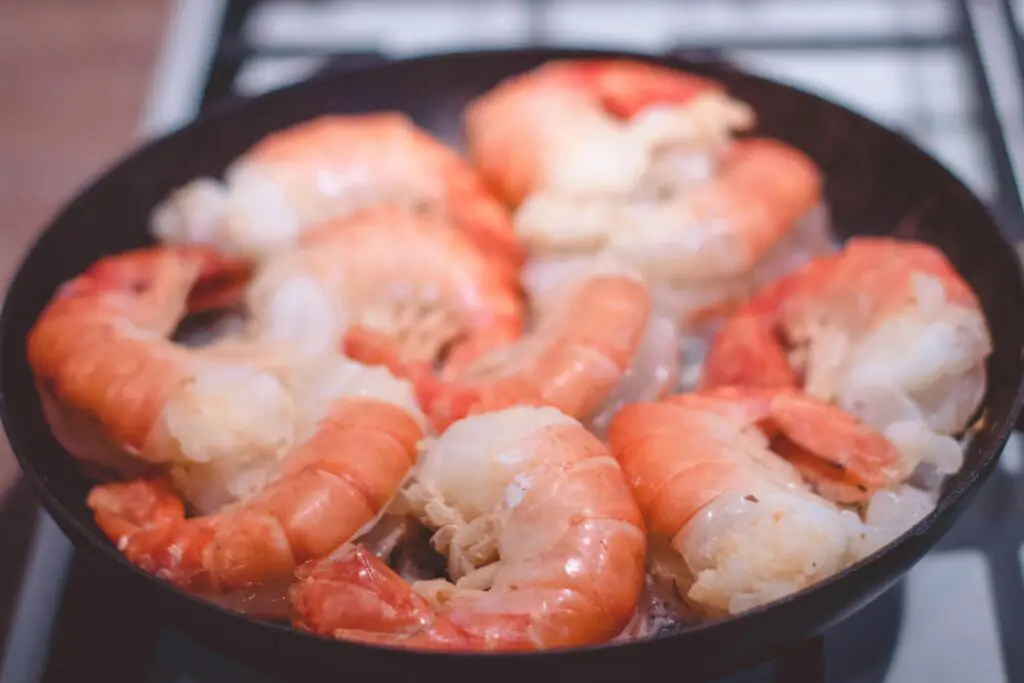
In the ’60s, shrimp cocktail was the height of sophistication. It showed up in those glass goblets with the tails draped over the edge, a wedge of lemon and a spicy cocktail sauce in the center. If shrimp was served, it usually meant a celebration or a fancy night out. Frozen shrimp wasn’t widely available or affordable, and fresh shrimp was something only coastal communities could easily get their hands on says New York Times.
Today, you can buy frozen shrimp in bulk at warehouse stores or pick up a quick bag at your neighborhood supermarket. It’s easy to toss into a stir-fry, pasta dish, or even a weeknight taco dinner. Shrimp is no longer just for holidays or steakhouse surf and turf—it’s part of quick and simple everyday meals. And those pre-cooked varieties make life even easier. Once a delicacy, shrimp has joined the weeknight dinner rotation shares Tasting Table.
3. Instant Coffee
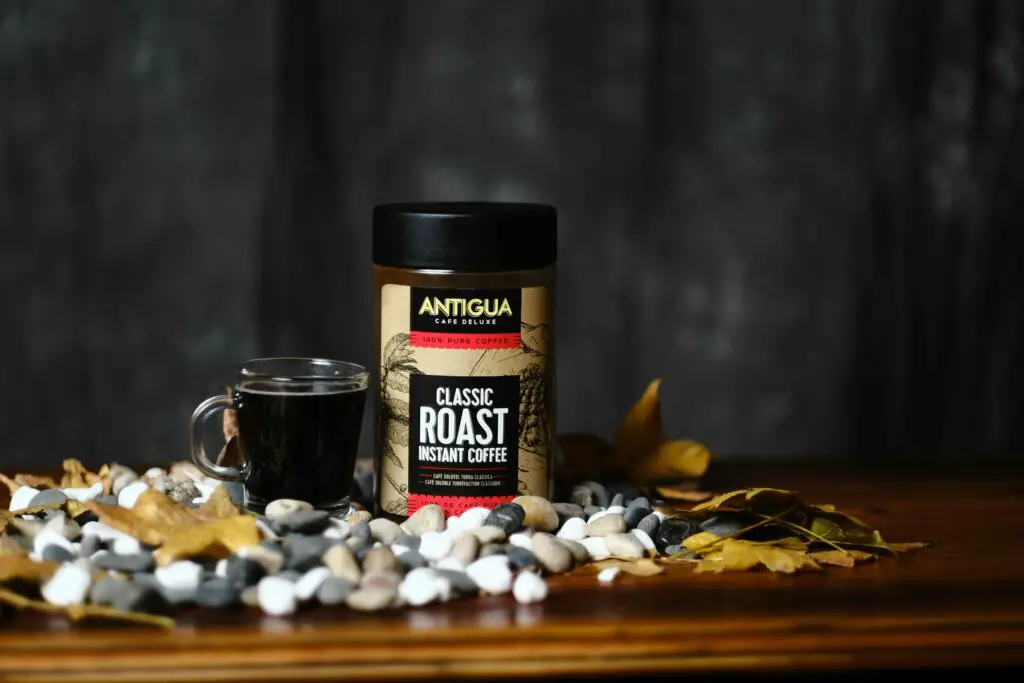
While it might seem odd now, instant coffee was once marketed as a futuristic, upscale invention. In the ’60s, having a jar of freeze-dried instant coffee in your cupboard felt modern and luxurious, almost like having a personal barista in powder form. Coffee itself was often percolated on the stove, so instant coffee felt like a true convenience item. It wasn’t cheap either—people treated it with care.
Fast forward to now and instant coffee is more of a backup plan than a luxury. It’s what you bring camping, keep at your desk, or stash in your travel bag. Some brands have upped their game with premium instant blends, but it’s no longer a status symbol. Instead, it’s just another option in our overflowing world of lattes, cold brews, and pour-overs. What was once high-end is now just another part of the morning routine.
4. Pineapples
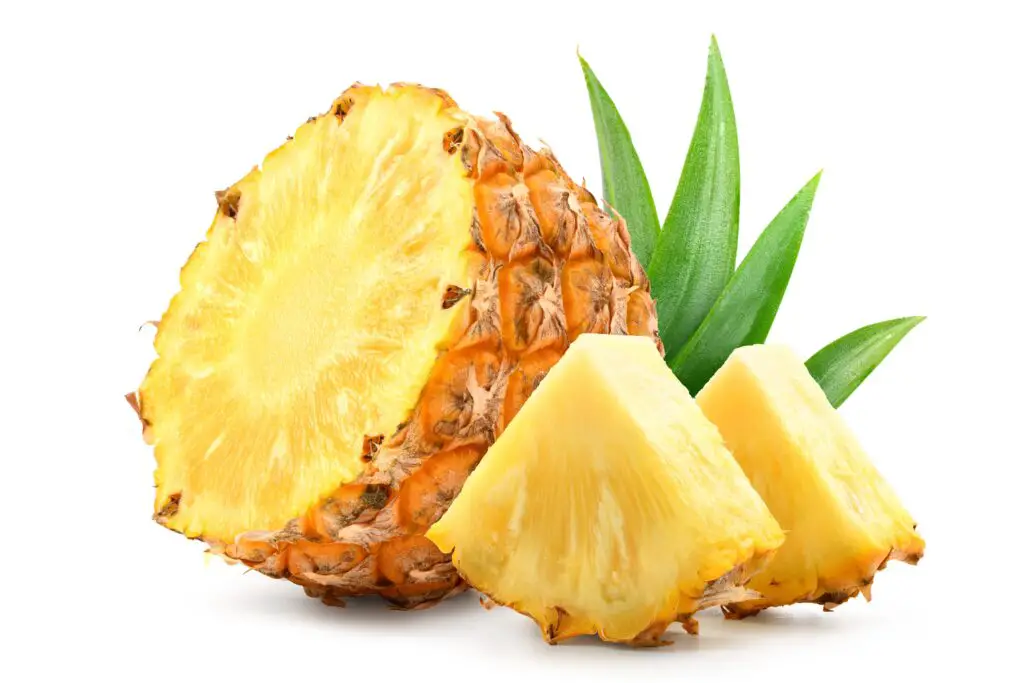
In the 1960s, pineapples had a glamorous reputation. Imported from Hawaii and often sold canned, they were used sparingly and with great pride. They became symbols of tropical luxury and were the centerpiece of dishes like the famous pineapple upside-down cake or ham with pineapple rings. Fresh pineapple was a rare treat, and most people had only tasted it from a can.
Today, fresh pineapples are sold whole or pre-cut at almost every grocery store. They’re thrown into smoothies, fruit salads, and salsas without a second thought. You can even find pineapple chunks on pizza, for better or worse. The fruit once saved for dinner parties or potlucks is now part of weekly shopping lists. And it doesn’t feel indulgent anymore—it just feels normal. That’s quite a transformation for something that once screamed “tropical paradise.”
5. TV Dinners
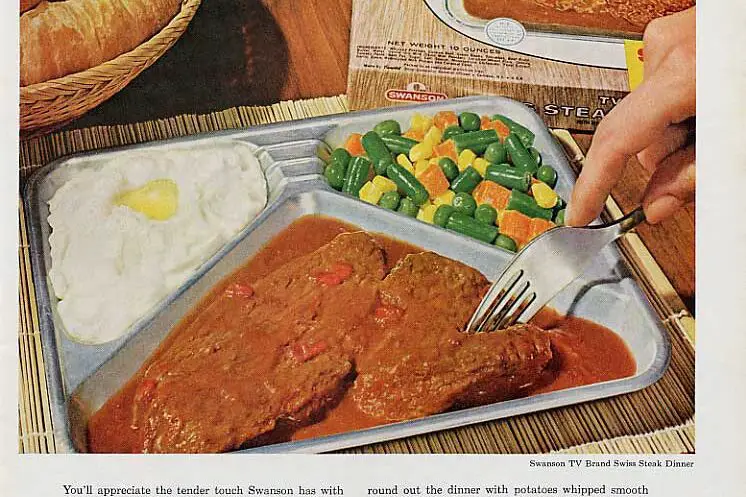
When Swanson introduced the TV dinner in the 1950s, it became a luxury in the ’60s. The idea of a ready-made meal you could pop into the oven and eat while watching television was cutting-edge. Families would gather around the tube, each with their little foil tray, marveling at the convenience. These frozen meals weren’t cheap, though, and many people saw them as a treat rather than a habit.
Today, the frozen food aisle is packed with ready-to-eat meals in every cuisine imaginable. What used to be limited to turkey and mashed potatoes now includes vegan bowls, Thai noodles, and gourmet risottos. They’re often on sale and seen as a solution for busy weeknights, not a luxury. You might not even think twice about grabbing a few to stash in the freezer. The novelty has worn off, but the convenience is still going strong.
6. Canned Tuna
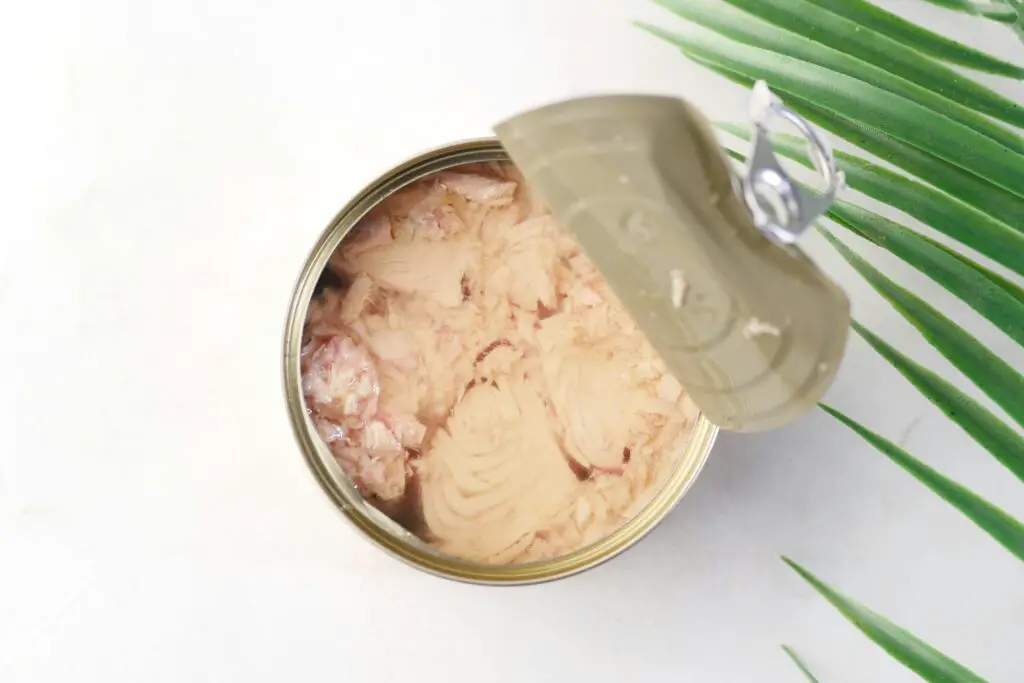
Canned tuna started gaining popularity during wartime, but by the ’60s, it was becoming something of a status item for modern homemakers. Tuna casseroles and tuna salads were featured in women’s magazines as refined dishes. Adding mayonnaise, peas, and even crushed potato chips to a tuna bake made it feel a bit elevated. It was a meal you could whip up quickly but still served proudly to guests.
Now, canned tuna is a staple in pantries across the country. It’s inexpensive, protein-packed, and endlessly flexible. Whether you’re making a sandwich, a salad, or just eating it straight out of the can with crackers, it’s seen as a practical choice rather than a posh one. Tuna’s image has shifted from fancy fare to budget-friendly basic. But it still holds a nostalgic charm for anyone who grew up with Mom’s famous tuna surprise.
7. Artichokes
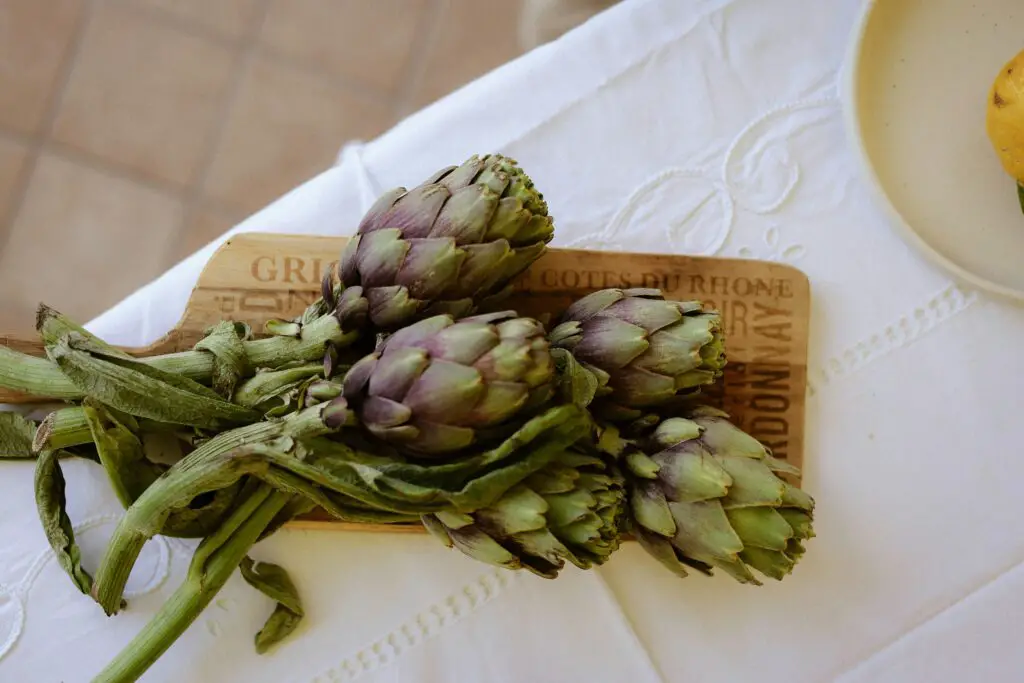
In the ’60s, artichokes were often considered exotic and were mostly found in European-inspired recipes or high-end restaurants. Cooking them whole was time-consuming, and not everyone knew how to eat them properly. If you served them at a dinner party, you likely got some curious looks and a lot of questions. Artichokes were kind of a flex—they said, “I read Gourmet magazine and shop at the specialty store.”
Nowadays, artichokes are more approachable. You can buy them frozen, canned, or marinated in jars, ready to toss on a salad or a pizza. Even whole artichokes are more common in grocery stores, and air fryers and Instant Pots have made cooking them easier. People don’t blink when they see artichokes on a menu or a dinner plate. What once seemed mysterious now just feels like another vegetable to try.
8. Iceberg Lettuce
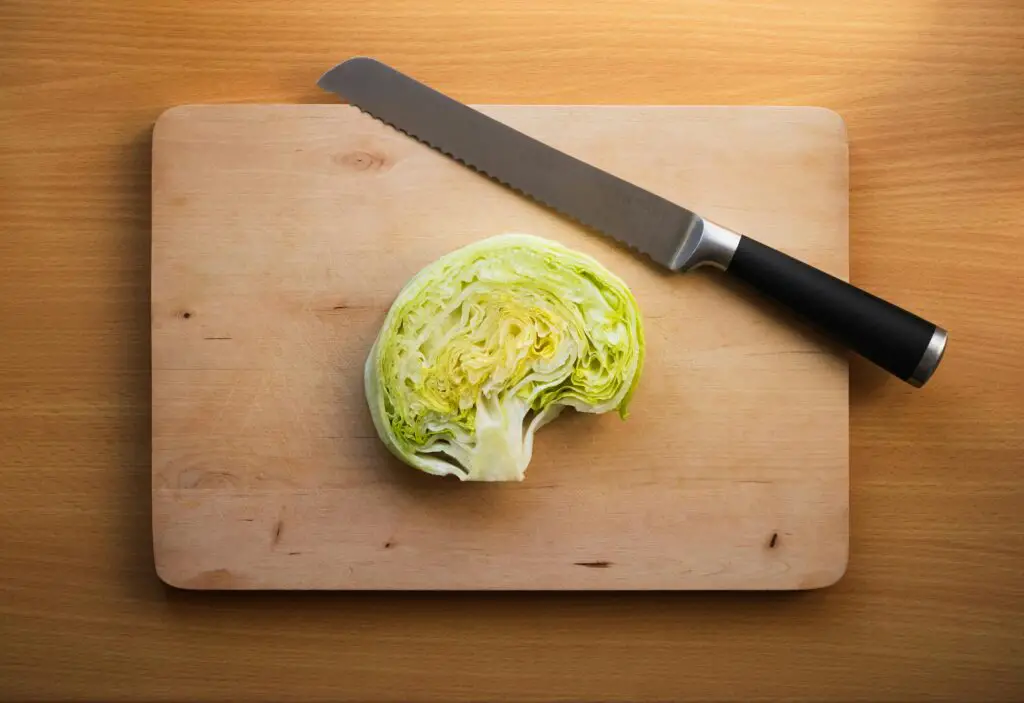
Believe it or not, iceberg lettuce was once considered the crème de la crème of salads in the ’60s. Wedge salads with blue cheese dressing were a restaurant staple, and iceberg was prized for its crunch and presentation. It wasn’t as widely available year-round, so people treated it like a fancier option compared to leafier garden greens. It was even considered a modern update from the traditional, tougher lettuces of the past.
Today, iceberg is often the butt of the joke when it comes to salads. It’s cheap, it’s bland, and it’s just kind of… there. Still, it’s everywhere, from diner side salads to fast food burgers. No one gasps in awe when they see a head of iceberg in the cart. It’s become such a staple that it’s easy to forget it ever had prestige. But in its heyday, it was salad royalty.
9. Cheese Slices
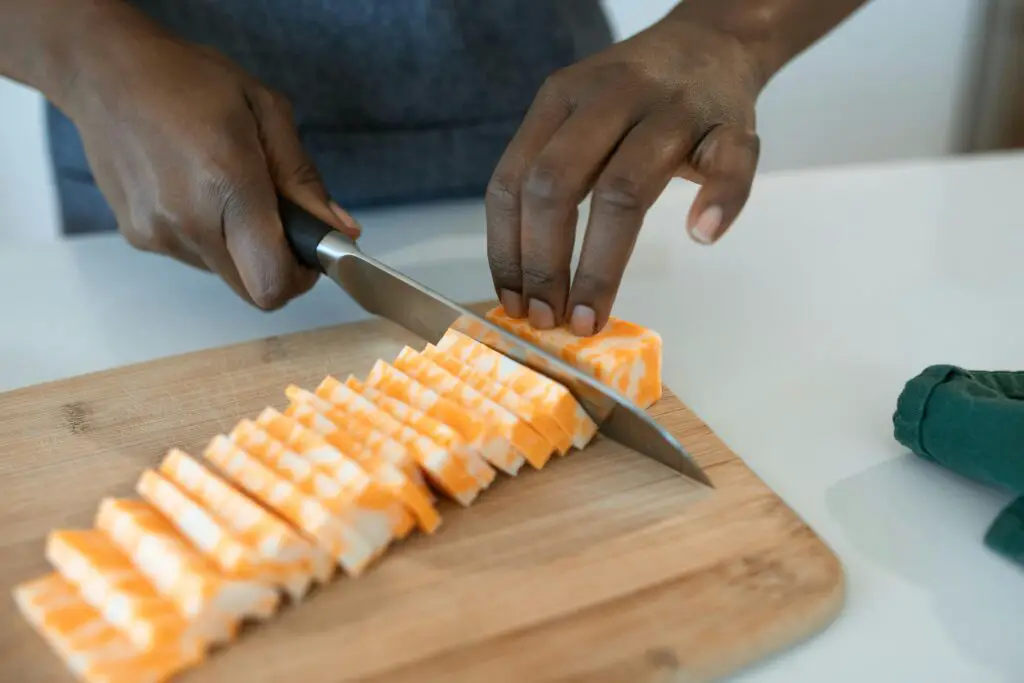
In the ’60s, processed cheese slices were a symbol of American innovation and convenience. Having individually wrapped slices in your fridge was a sign you were keeping up with the times. They were perfect for sandwiches, burgers, and grilled cheese, and kids loved the smooth texture and mild taste. It felt almost futuristic to peel open those neat, shiny wrappers.
Now, cheese slices are a basic grocery item. You can find dozens of varieties, from classic American to cheddar and pepper jack, all pre-sliced and ready to go. They’ve become a lunchbox and cookout essential, not a luxury. They’re more about ease than excitement. While artisan cheeses might now take the spotlight at parties, processed slices still quietly do their job in everyday meals.
10. Potatoes au Gratin
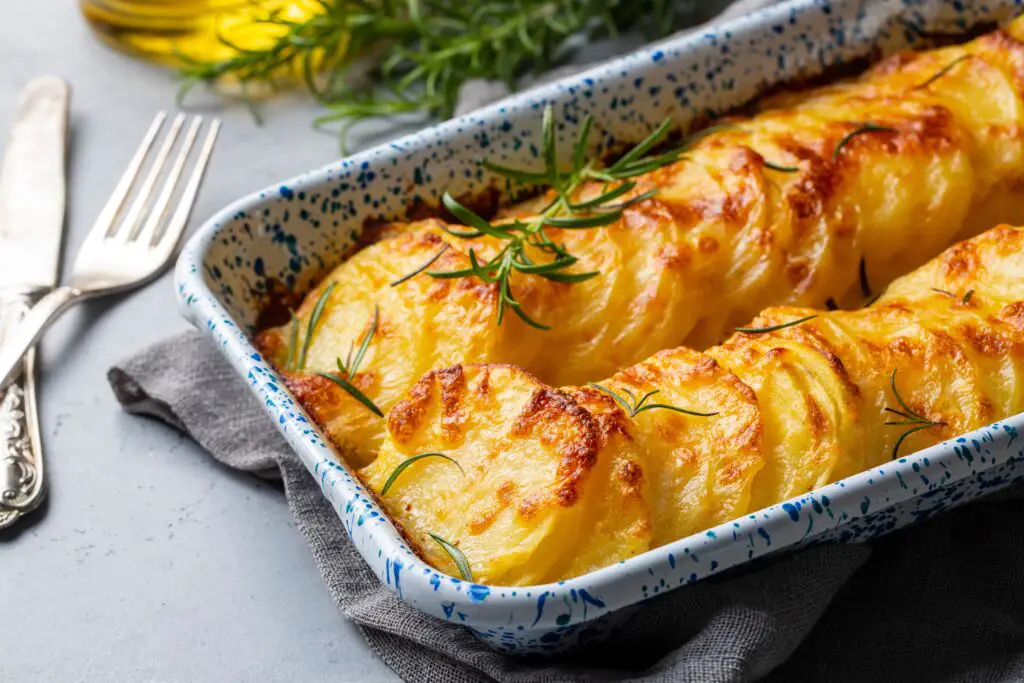
Back then, if you served potatoes au gratin at a dinner party, you were showing off just a little. The creamy, cheesy layers were a step above your average mashed or baked potato. Whether made from scratch or out of a box, it felt like a luxurious upgrade. The dish had a French flair to it, which made it feel elegant even when it came from a Betty Crocker box.
Now, boxed potatoes au gratin are a common side dish you can whip up in minutes. You can find them on sale regularly, and they’ve become a familiar part of Sunday dinners or holiday spreads. There’s still something comforting about the rich, gooey texture, but it’s not reserved for special occasions anymore. In fact, they’re often thrown together without much fanfare. What once was a showstopper is now a side dish you don’t think twice about.
11. Worcestershire Sauce
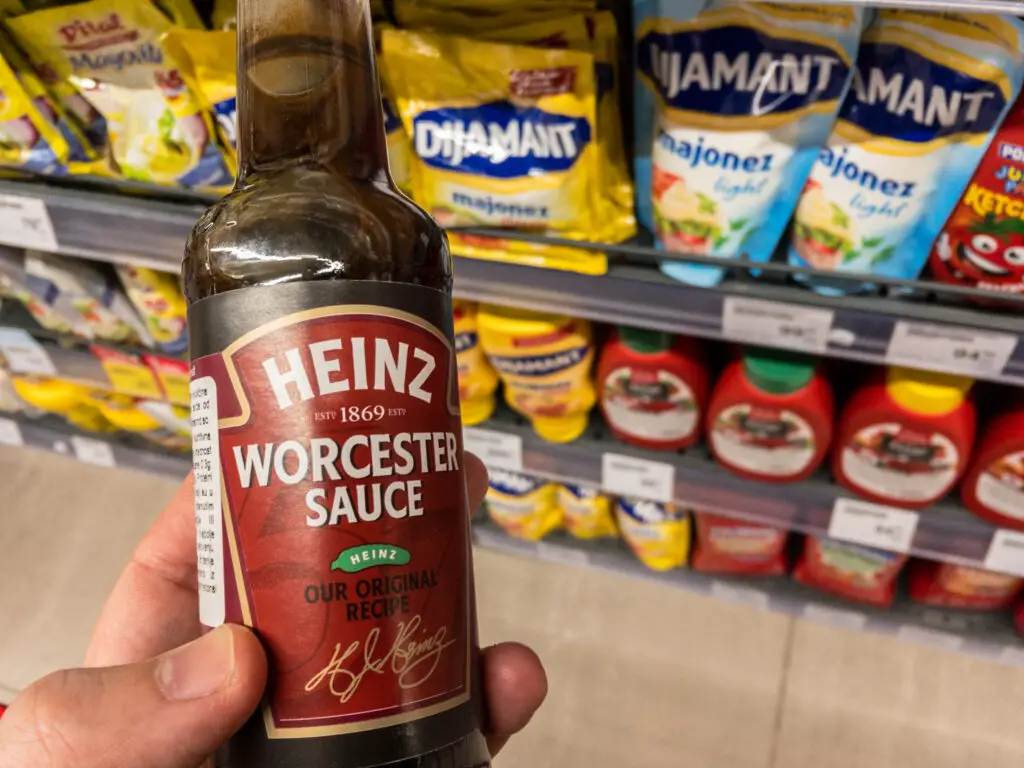
This English condiment was once seen as an upscale flavor booster in the 1960s. If a recipe called for Worcestershire sauce, you felt like you were adding something refined and mysterious. It was used in meatloaf, stews, and even cocktails like Bloody Marys, and not everyone kept it on hand. Its long shelf life and unusual name gave it an air of worldliness.
Today, Worcestershire sauce is in most kitchen cabinets, often used without a second thought. It’s a common ingredient in marinades, sauces, and even burgers. While its origins are still fancy-sounding, it’s just another bottle in the lineup next to ketchup and mustard. No one oohs and aahs over it anymore. But it’s still doing its job, adding that umami punch to everyday meals.
12. Canned Mushrooms
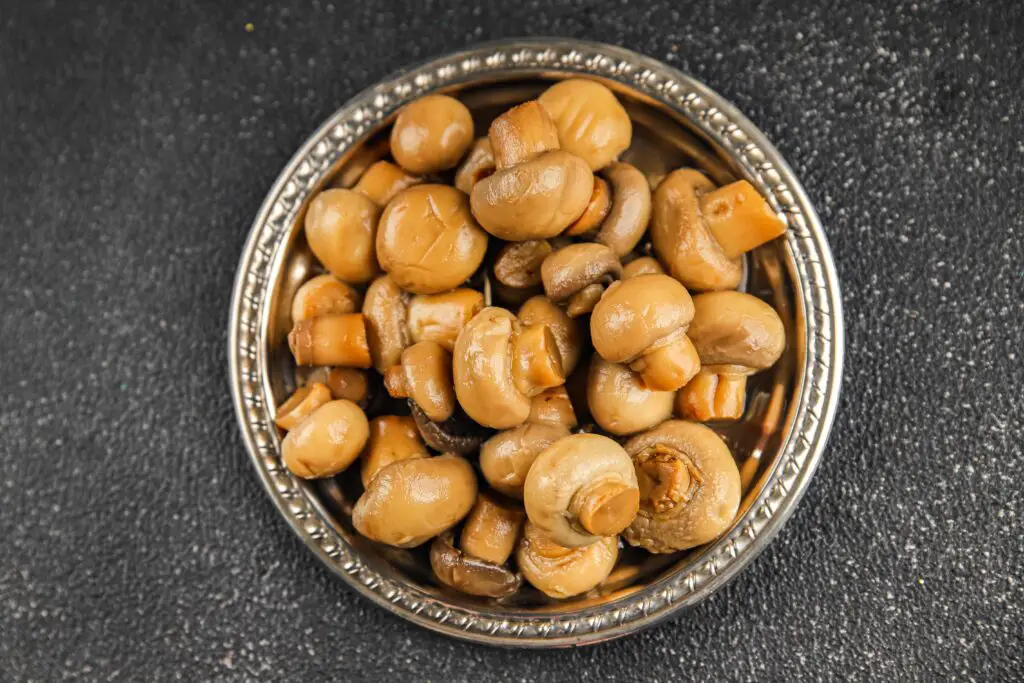
In the ’60s, canned mushrooms were often the only kind people had access to, and they were seen as an upscale addition to casseroles and stews. Their earthy flavor gave depth to dishes, and opening a can felt like adding a gourmet touch. They weren’t cheap either, and you usually saved them for recipes that needed something extra.
Now, canned mushrooms are one of the most affordable items on the shelf. You can throw them in spaghetti sauce, stir-fries, or omelets without thinking twice. They’re not particularly glamorous, but they’re still handy when fresh mushrooms aren’t available. They’ve gone from a luxury add-on to a pantry filler. Their role hasn’t changed—but how we view them sure has.
13. Jell-O Molds
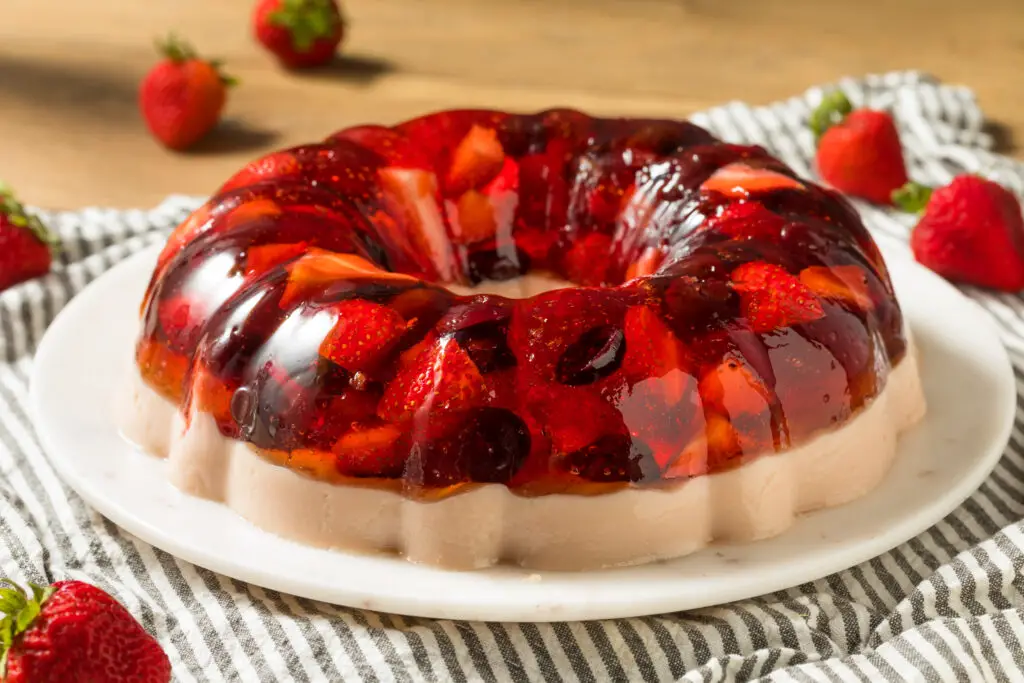
In the ’60s, a colorful Jell-O mold was the ultimate hostess move. Whether you added fruit cocktail, marshmallows, or even vegetables, it showed you put time and care into your presentation. These wobbly creations were often the centerpiece of a party table. And because flavored gelatin wasn’t as widely available or inexpensive, it felt like a treat.
Today, Jell-O is more of a nostalgic dessert than a status symbol. You can buy the packets for pennies or grab ready-made cups at any store. Jell-O molds still appear occasionally at potlucks, but usually with a wink to the past. The excitement has faded, but the memories linger. What was once a conversation piece is now just a sweet flashback.
